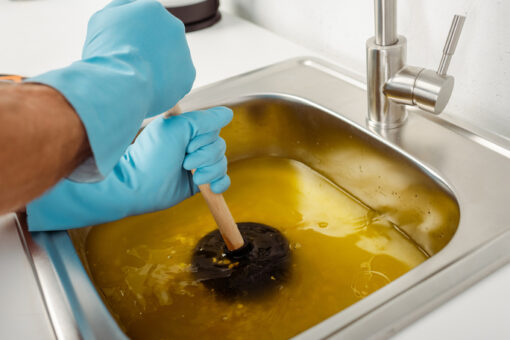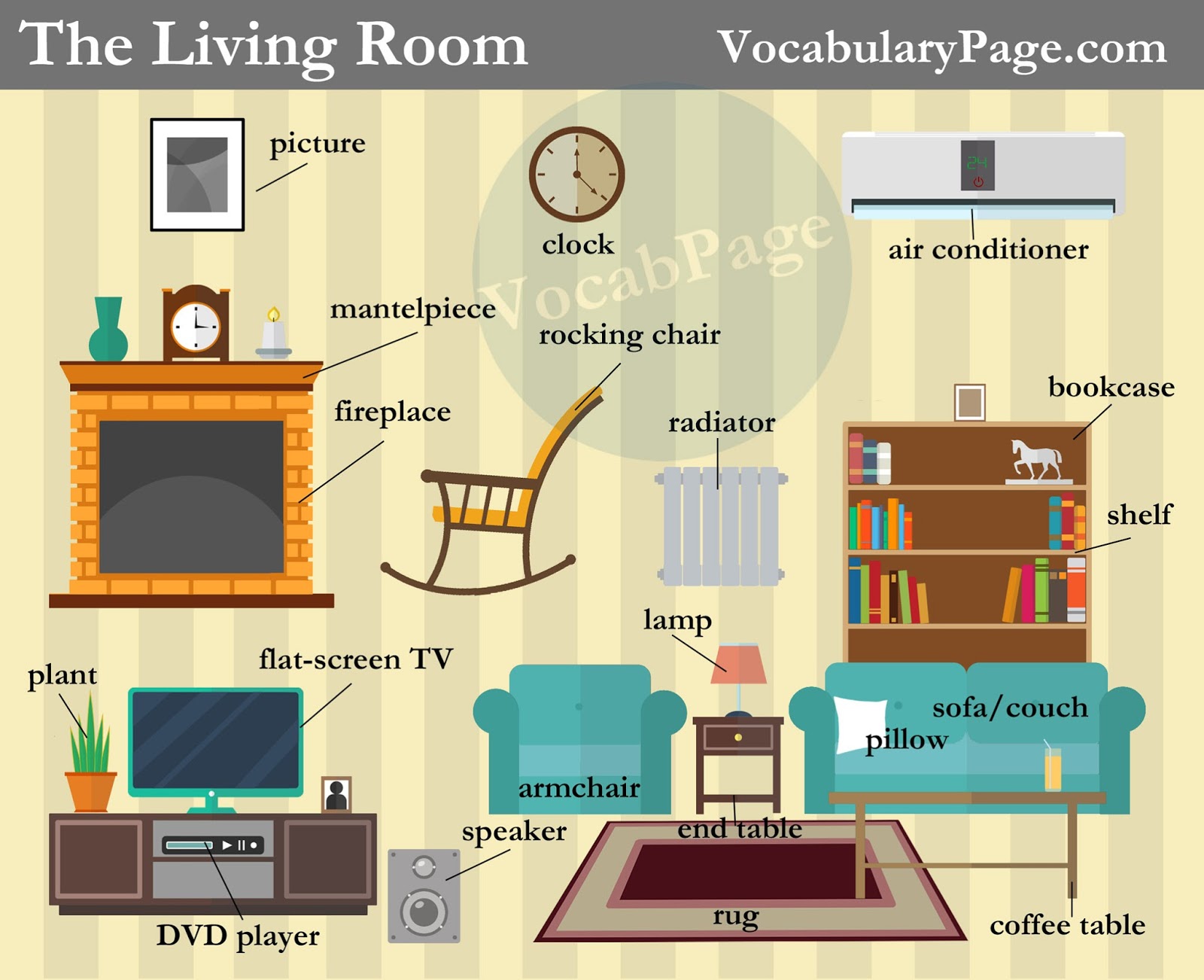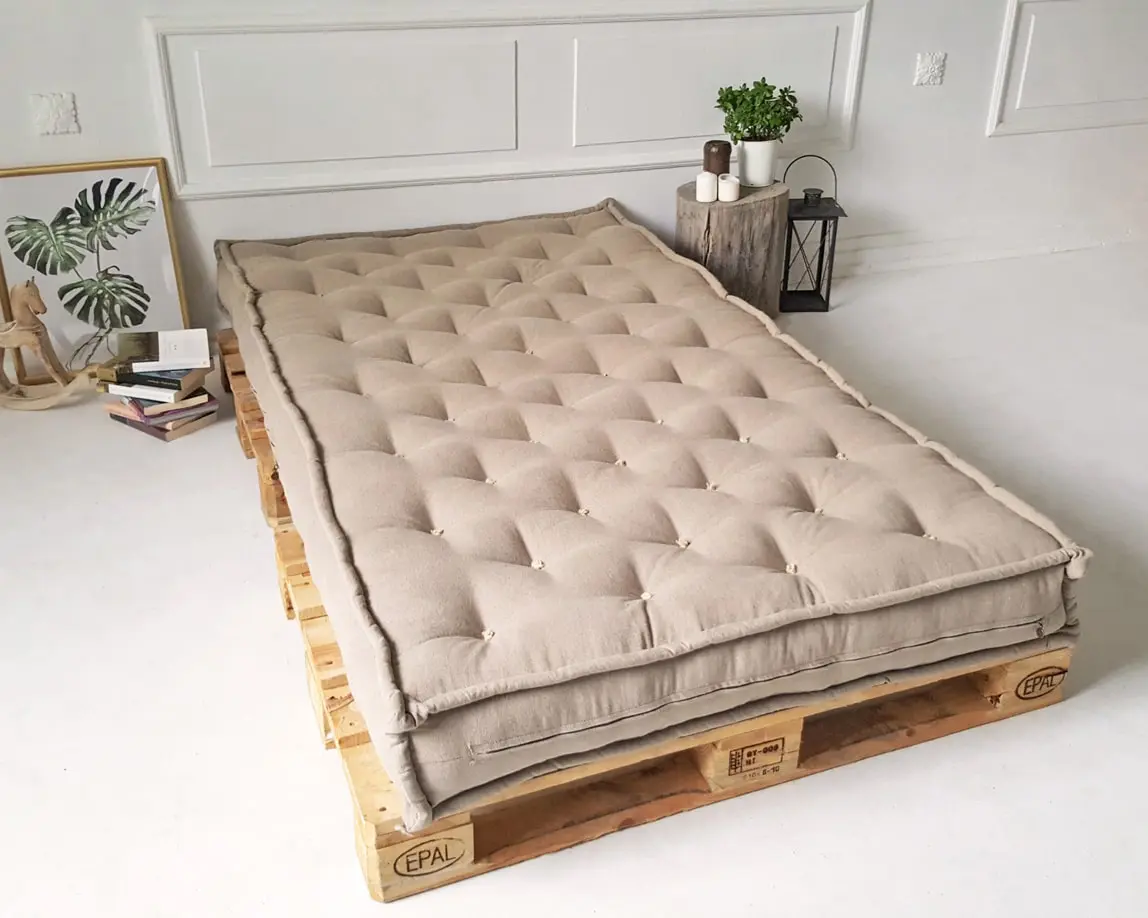Are you tired of constantly filling up buckets and carrying them to your garden to water your plants? Or maybe you're looking for an easier way to rinse off your patio furniture? Whatever your reason may be, connecting a hose to your kitchen sink can make your outdoor tasks much more efficient. But how do you do it? Here's a step-by-step guide on how to connect a hose to your kitchen sink.1. How to Connect a Hose to a Kitchen Sink
Step 1: Start by turning off the water supply to your kitchen sink. You can usually find the shut-off valve under the sink. Turn it clockwise to close it. Step 2: Remove the aerator from the end of your kitchen sink faucet. This is the small mesh screen at the end of the faucet where the water comes out. You can use pliers to unscrew it if it's too tight to remove by hand. Step 3: Once the aerator is removed, you should see a threaded faucet spout. If your kitchen sink faucet doesn't have one, you can purchase an adapter that will fit onto the end of the faucet. Step 4: Attach the hose connector to the threaded faucet spout. Make sure it's securely tightened to prevent any leaks. Step 5: Now, attach the other end of the hose connector to the end of your garden hose. Again, make sure it's tightly secured. Step 6: Turn on the water supply to your kitchen sink. You can adjust the water pressure using the faucet handle. Step 7: Test the connection by turning on the hose and checking for any leaks. If there are any, make sure to tighten the connections. Step 8: Once you're satisfied with the connection, you can start using your hose! When you're finished, simply turn off the water supply, disconnect the hose, and reattach the aerator to your kitchen sink faucet.2. Step-by-Step Guide: Connecting a Hose to Your Kitchen Sink
Connecting a hose to your kitchen sink doesn't have to be a complicated process. Here are some tips to make it even easier: Use a multi-purpose adapter: If your kitchen sink faucet doesn't have a threaded spout, you can purchase a multi-purpose adapter that will fit onto most types of faucets. Invest in a detachable hose: Detachable hoses have a quick-release feature that allows you to easily connect and disconnect the hose from the faucet, making it a convenient option for those who frequently use their hose. Get a hose with a built-in sprayer: If you plan on using your hose for tasks that require a sprayer, such as washing your car, consider getting a hose with a built-in sprayer. This eliminates the need to constantly switch between your kitchen sink faucet and the hose.3. Easy Ways to Attach a Garden Hose to Your Kitchen Sink
Here are some additional tips and tricks to keep in mind when connecting a hose to your kitchen sink: Choose the right size hose: Make sure to measure the distance from your kitchen sink faucet to where you'll be using the hose, and choose a hose that's long enough to reach. You can also purchase an extension hose if needed. Use Teflon tape: To prevent any potential leaks, wrap Teflon tape around the threads of the faucet spout before attaching the hose connector. Avoid using hot water: It's not recommended to use hot water with your hose, as it can damage the rubber and cause the hose to deteriorate faster.4. Connecting a Water Hose to Your Kitchen Sink: Tips and Tricks
If you're feeling adventurous, you can try making your own hose connector using a male-to-male faucet adapter and a female-to-male hose adapter. Simply screw the two adapters together, and you have a custom-made hose connector! Just make sure the connections are tightened securely to avoid any leaks.5. DIY: How to Connect a Hose to Your Kitchen Sink Faucet
There are a few different methods for attaching a hose to your kitchen sink, depending on the type of faucet you have. The most common methods include using a threaded faucet spout, a multi-purpose adapter, or a detachable hose with a quick-release feature. Choose the method that works best for your sink and your needs.6. The Best Methods for Attaching a Hose to Your Kitchen Sink
If you're in a hurry and need to connect your hose quickly, here's a simplified version of the step-by-step guide: 1. Turn off the water supply to your kitchen sink. 2. Remove the aerator from the end of your faucet. 3. Attach the hose connector to the threaded faucet spout. 4. Connect the garden hose to the other end of the hose connector. 5. Turn on the water supply and check for leaks.7. How to Hook Up a Hose to Your Kitchen Sink in 5 Simple Steps
Connecting a water hose to your kitchen sink doesn't have to be a time-consuming task. With the right tools and techniques, you can have it done in just a few minutes. So next time you need to water your plants or clean your outdoor furniture, don't hesitate to attach a hose to your kitchen sink for a quick and easy solution.8. Quick and Easy: Connecting a Water Hose to Your Kitchen Sink
Whether you're a seasoned gardener or just looking for a more convenient way to complete your outdoor tasks, knowing how to connect a hose to your kitchen sink can come in handy. With this ultimate guide, you now have all the tips, tricks, and methods you need to successfully attach a hose to your kitchen sink and make your outdoor tasks a breeze.9. The Ultimate Guide to Connecting a Hose to Your Kitchen Sink
Here are some final tips to ensure a successful connection between your hose and kitchen sink: Check for compatibility: Before purchasing a hose or adapter, make sure it's compatible with your kitchen sink faucet. Some faucets may require specific types of adapters. Regularly check for leaks: It's always a good idea to check the connections for any leaks, especially if you use your hose frequently. This can help prevent any potential damage or water waste. Disconnect the hose when not in use: To avoid any potential accidents or damage, make sure to disconnect the hose from your kitchen sink when you're finished using it.10. Tips for Successfully Connecting a Water Hose to Your Kitchen Sink
Why You Should Consider Connecting a Water Hose to Your Kitchen Sink

Effortlessly Expand Your Water Access
 If you're someone who loves to garden or regularly wash your car at home, then you know the importance of having easy access to water. However, sometimes the water supply from your outdoor faucet may not be enough, and you find yourself having to constantly refill buckets or drag the hose across your yard. This can be a hassle and waste valuable time and effort. By connecting a water hose to your kitchen sink, you can effortlessly expand your water access to wherever you need it.
If you're someone who loves to garden or regularly wash your car at home, then you know the importance of having easy access to water. However, sometimes the water supply from your outdoor faucet may not be enough, and you find yourself having to constantly refill buckets or drag the hose across your yard. This can be a hassle and waste valuable time and effort. By connecting a water hose to your kitchen sink, you can effortlessly expand your water access to wherever you need it.
Convenience at Your Fingertips
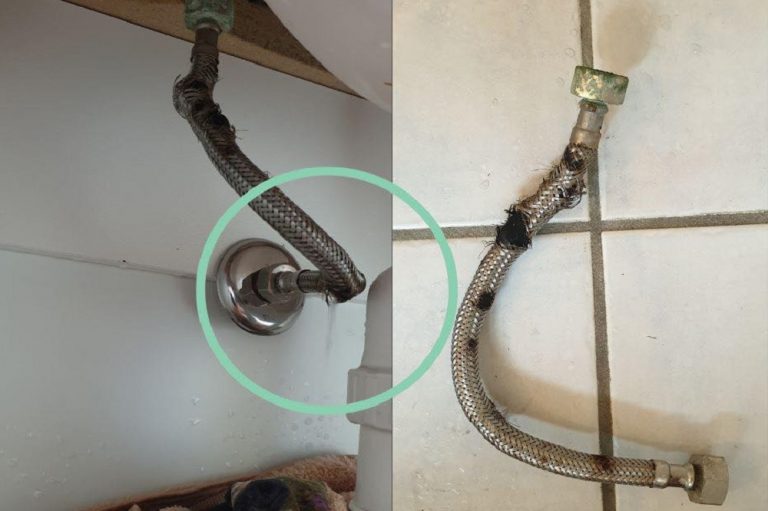 Not only does connecting a water hose to your kitchen sink provide you with more water access, but it also offers convenience at your fingertips. No more having to go back and forth between your sink and outdoor faucet to turn the water on and off. With a simple twist of the kitchen faucet, you can control the flow of water to your hose. This makes tasks such as watering plants or washing your car much easier and more efficient.
Not only does connecting a water hose to your kitchen sink provide you with more water access, but it also offers convenience at your fingertips. No more having to go back and forth between your sink and outdoor faucet to turn the water on and off. With a simple twist of the kitchen faucet, you can control the flow of water to your hose. This makes tasks such as watering plants or washing your car much easier and more efficient.
Save Money on Utility Bills
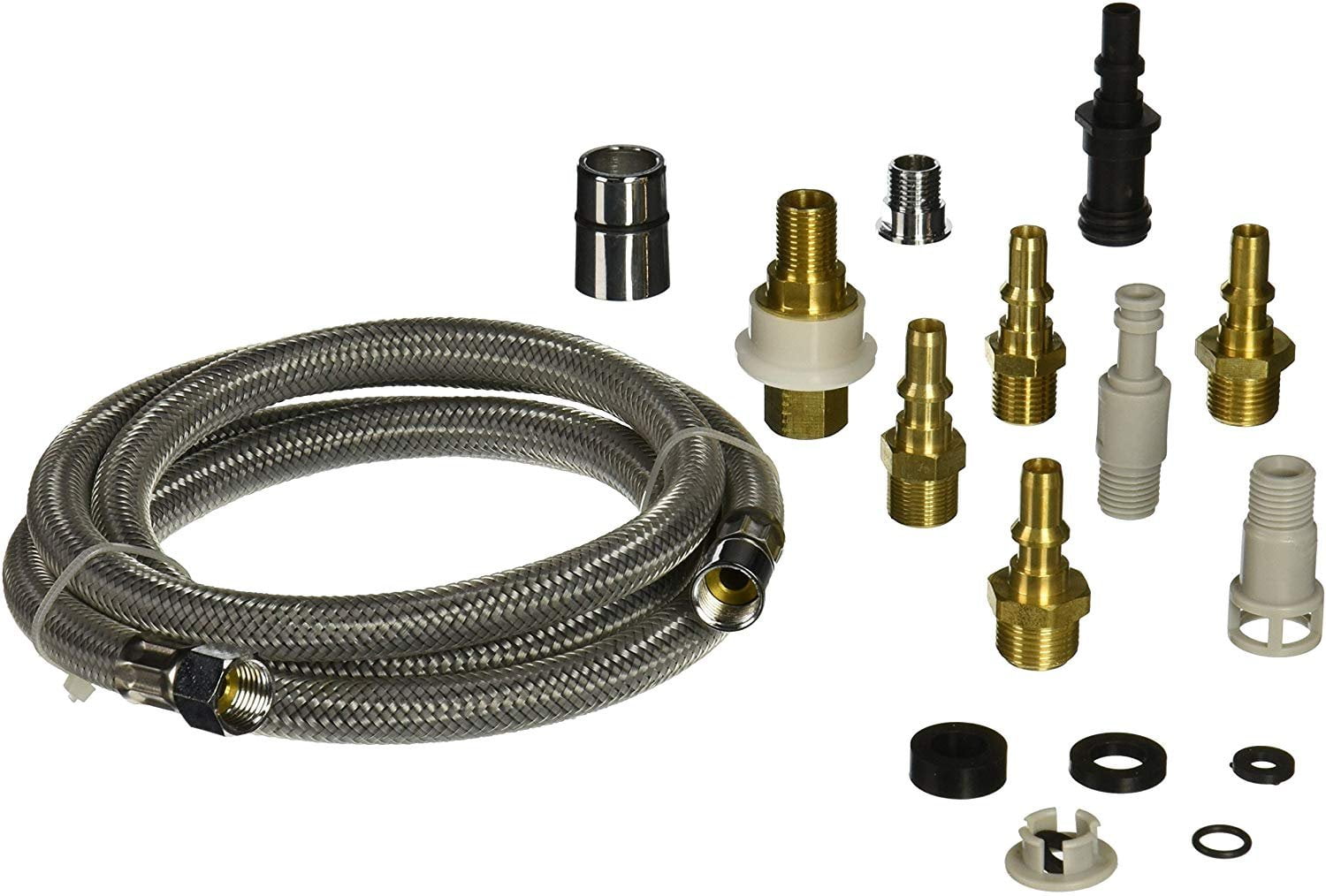 Another benefit of connecting a water hose to your kitchen sink is the potential to save money on your utility bills. By using the water from your kitchen sink instead of an outdoor faucet, you can avoid the added cost of using more water from your main water supply. This can be especially beneficial during times of drought or when facing high water bills.
Another benefit of connecting a water hose to your kitchen sink is the potential to save money on your utility bills. By using the water from your kitchen sink instead of an outdoor faucet, you can avoid the added cost of using more water from your main water supply. This can be especially beneficial during times of drought or when facing high water bills.
How to Connect a Water Hose to Your Kitchen Sink
 Now that you know the benefits of connecting a water hose to your kitchen sink, you may be wondering how to do it. Luckily, it's a simple process that can be done in a few easy steps. First, you will need to purchase a hose adapter that fits your kitchen sink faucet. Next, attach the adapter to your faucet and then connect your hose to the adapter. Finally, turn on the water and test the flow to ensure everything is working properly.
Now that you know the benefits of connecting a water hose to your kitchen sink, you may be wondering how to do it. Luckily, it's a simple process that can be done in a few easy steps. First, you will need to purchase a hose adapter that fits your kitchen sink faucet. Next, attach the adapter to your faucet and then connect your hose to the adapter. Finally, turn on the water and test the flow to ensure everything is working properly.
Final Thoughts
 In conclusion, connecting a water hose to your kitchen sink is a simple and convenient way to expand your water access and save money on utility bills. With the added convenience and ease of use, it's a no-brainer for anyone who regularly needs access to water in their yard. So next time you're planning on washing your car or watering your garden, consider connecting a water hose to your kitchen sink for a more efficient and hassle-free experience.
In conclusion, connecting a water hose to your kitchen sink is a simple and convenient way to expand your water access and save money on utility bills. With the added convenience and ease of use, it's a no-brainer for anyone who regularly needs access to water in their yard. So next time you're planning on washing your car or watering your garden, consider connecting a water hose to your kitchen sink for a more efficient and hassle-free experience.




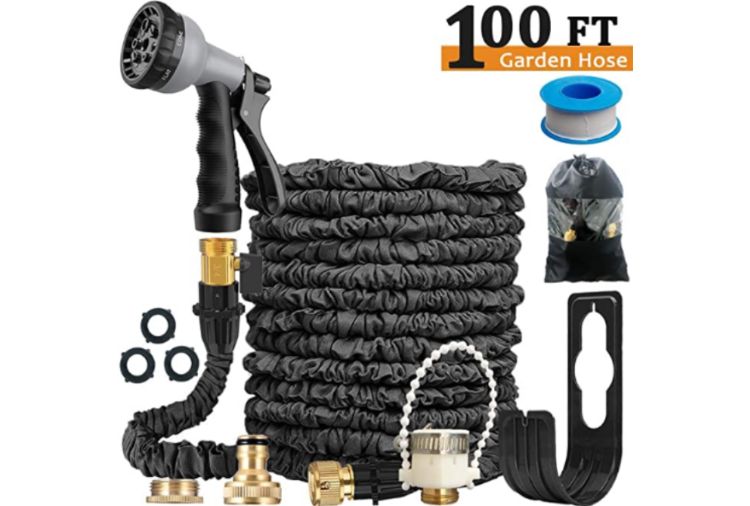




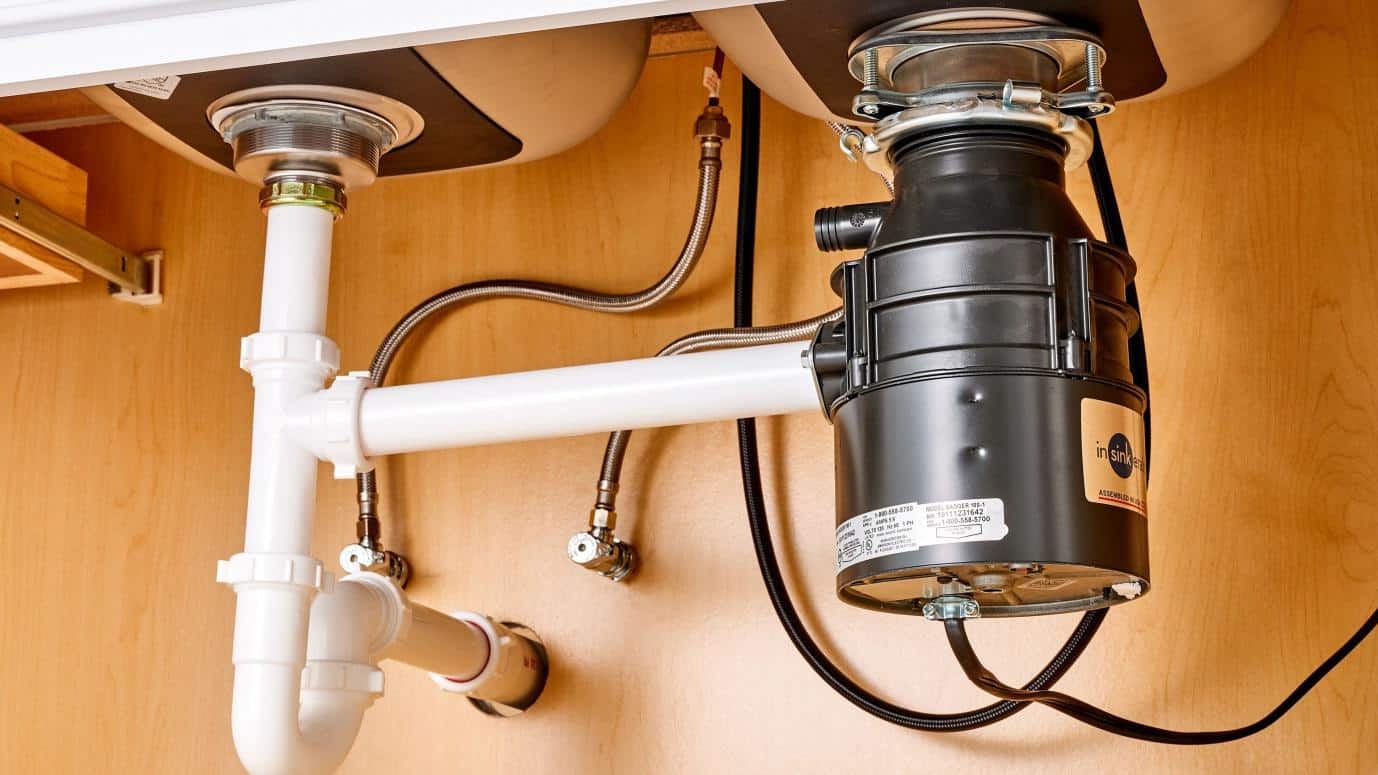











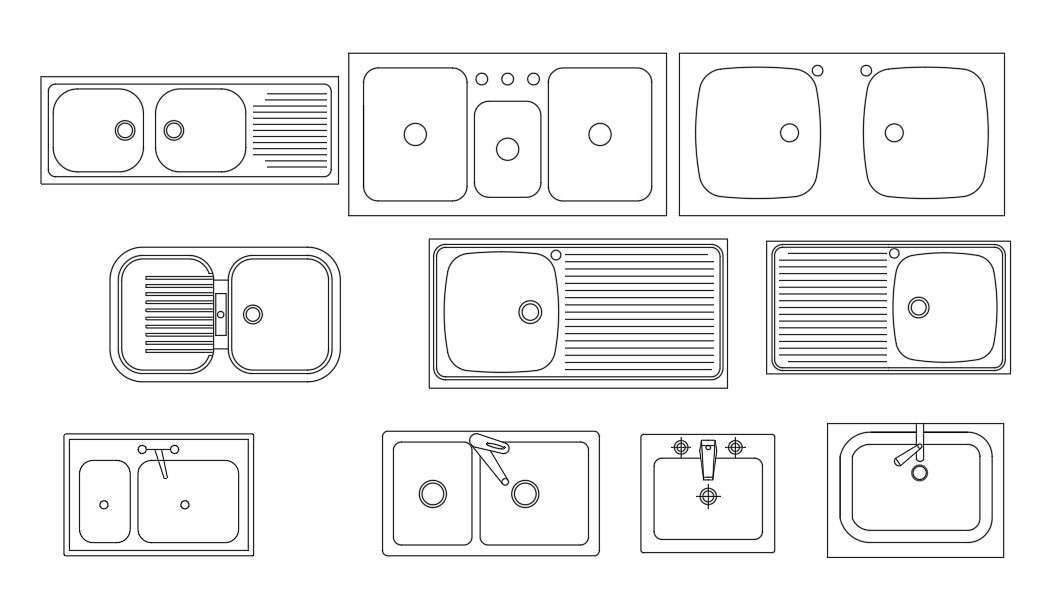
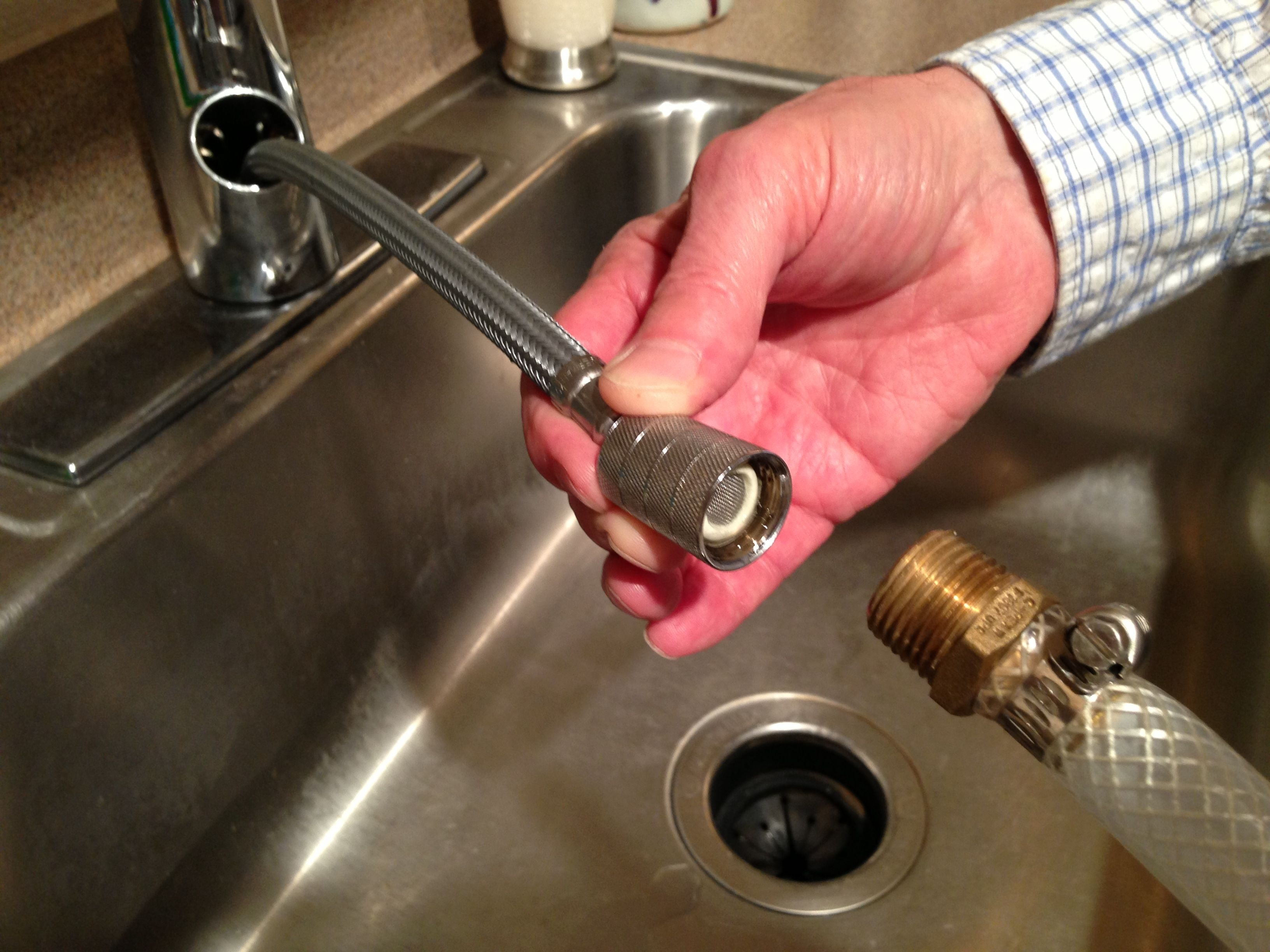


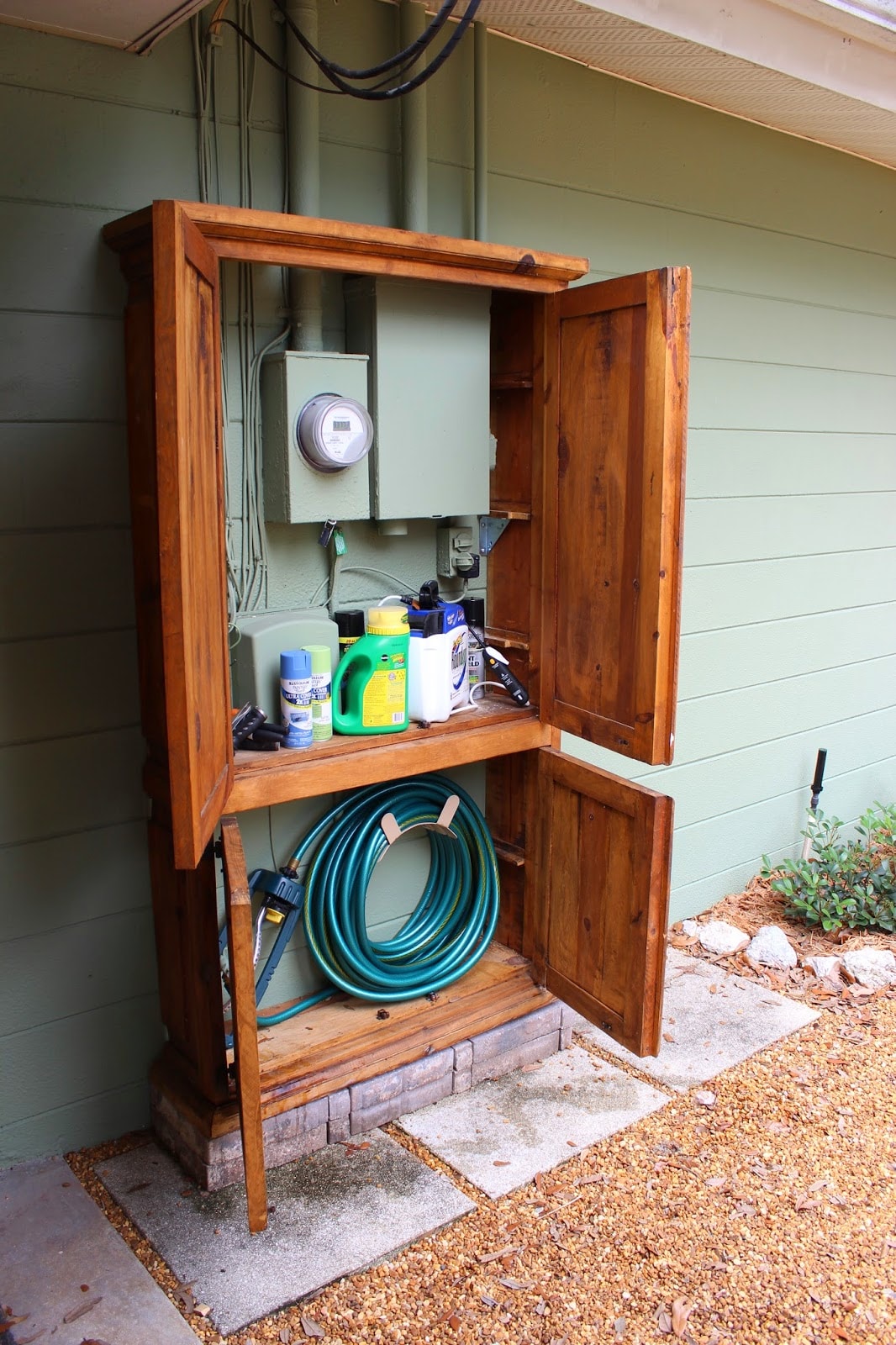














:max_bytes(150000):strip_icc()/Basic-kitchen-sink-types-1821207_color_rev-0b539306b9ef4236a136624ad2a89a4c.jpg)


















